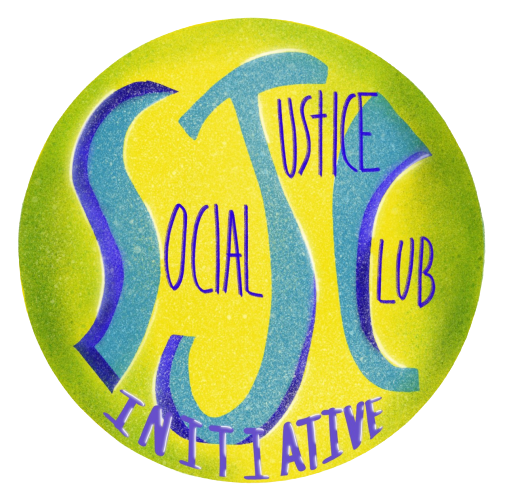Social Justice
Duration: 1 hour
Introduction
Rythm game (10 minutes)
Discussion (10 minutes)
Send someone to write Social Justice on whiteboard
Ask: What is social justice? What characterizes a just society? Give examples of justice in your life and things that you think are unfair.
One of us writes the ideas they talk about on the board
Come up with an umbrella of definition and write it on the board: Justice is the condition under which love and care flourishes and its result is the achievement of excellence in all things. Justice is fulfilling our potentials. A just society is one where every member is given the opportunity to achieve excellence. Justice is paying attention to people’s needs, capacities and talents, and rights. We have equal rights, like the right to freedom, education, peace, and clean air and water. When society does not respect these rights, we cannot survive and develop our talents and capacities.
In order to achieve justice, what do we need/have to do? send someone else to write correlating subtopics (fairness, equality, etc.)
Activity (15 minutes)
Have everyone line up after we’ve figured out THEIR definition
Tape a word to each kid’s back and make them sit back down in semi circle so they can’t see
Pair them up in 2’s and tell them to go to either side of the room (just or not) when they figure out their word
Absolutely cannot say the word on partner’s back
After everybody is on their sides have them remove their words from their backs
Talk to both groups first on one side have them answer the question, “Why do these words relate to justice or injustice ?” Chose a few people to answer and give them a chance to switch to the other side
After discussing the words, have them place them where they think they go on the whiteboard
Activity (15 minutes)
Working in small groups, participants draw a large outline of a child and gives the child a name
Decide on the mental, physical, and spiritual qualities they would like this child to have as an adult (ie. health, virtues) and write these qualities inside the outline of the child. They can also draw around the child to represent these qualities
Outside the outline, list the human and material resources the child will need to achieve these qualities (ie. food/ health care for health)
When finished, post the child on the whiteboard and “introduce” it to the class, explain the choices the group made
Discuss
What were the most common characteristics of the posters? Why?
Are some of these needs more difficult to fulfill?
How can you attend to these needs?
How does this connect to justice?
Journals (10 minutes)
Write or draw a reflection of what we did today and what you learned

